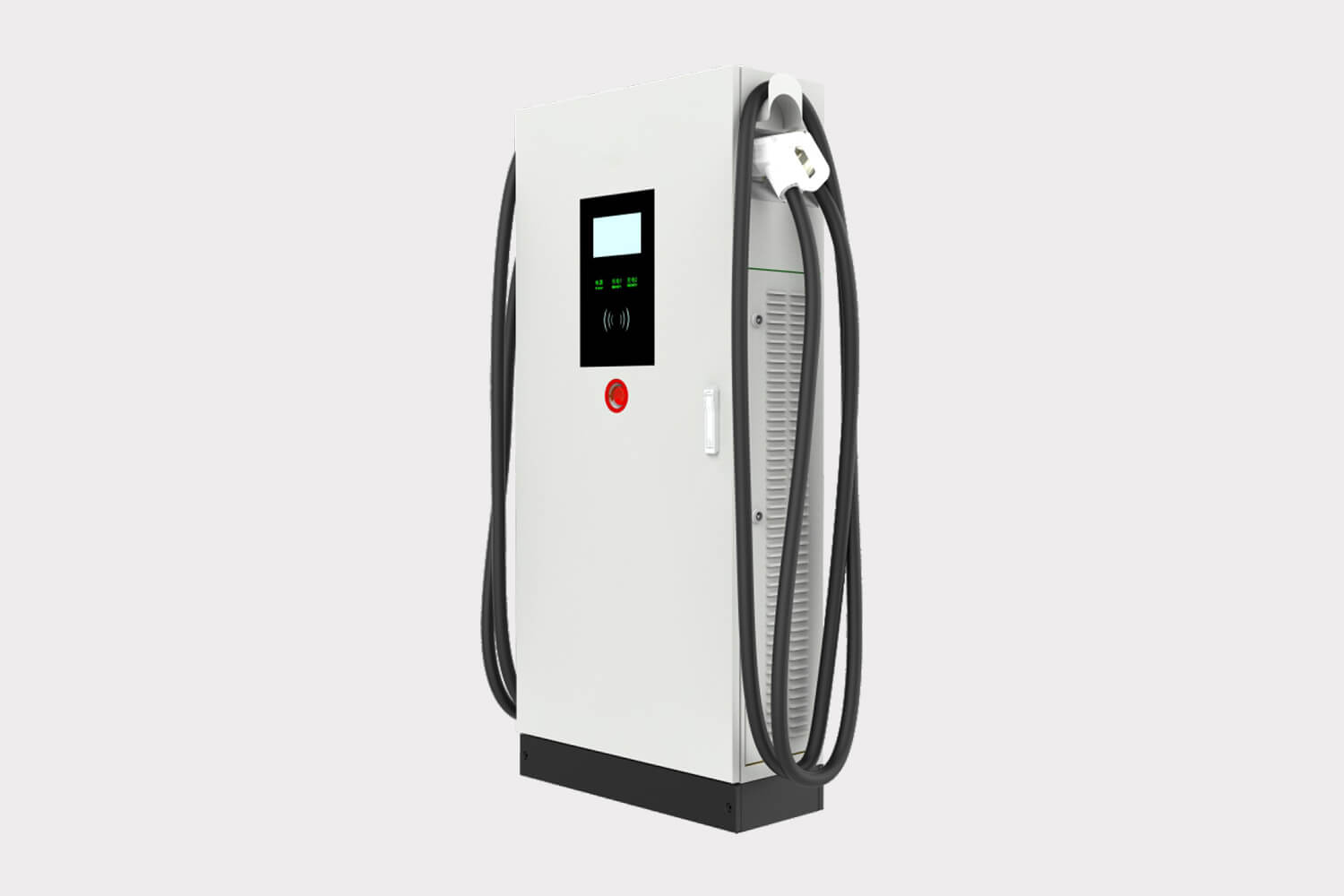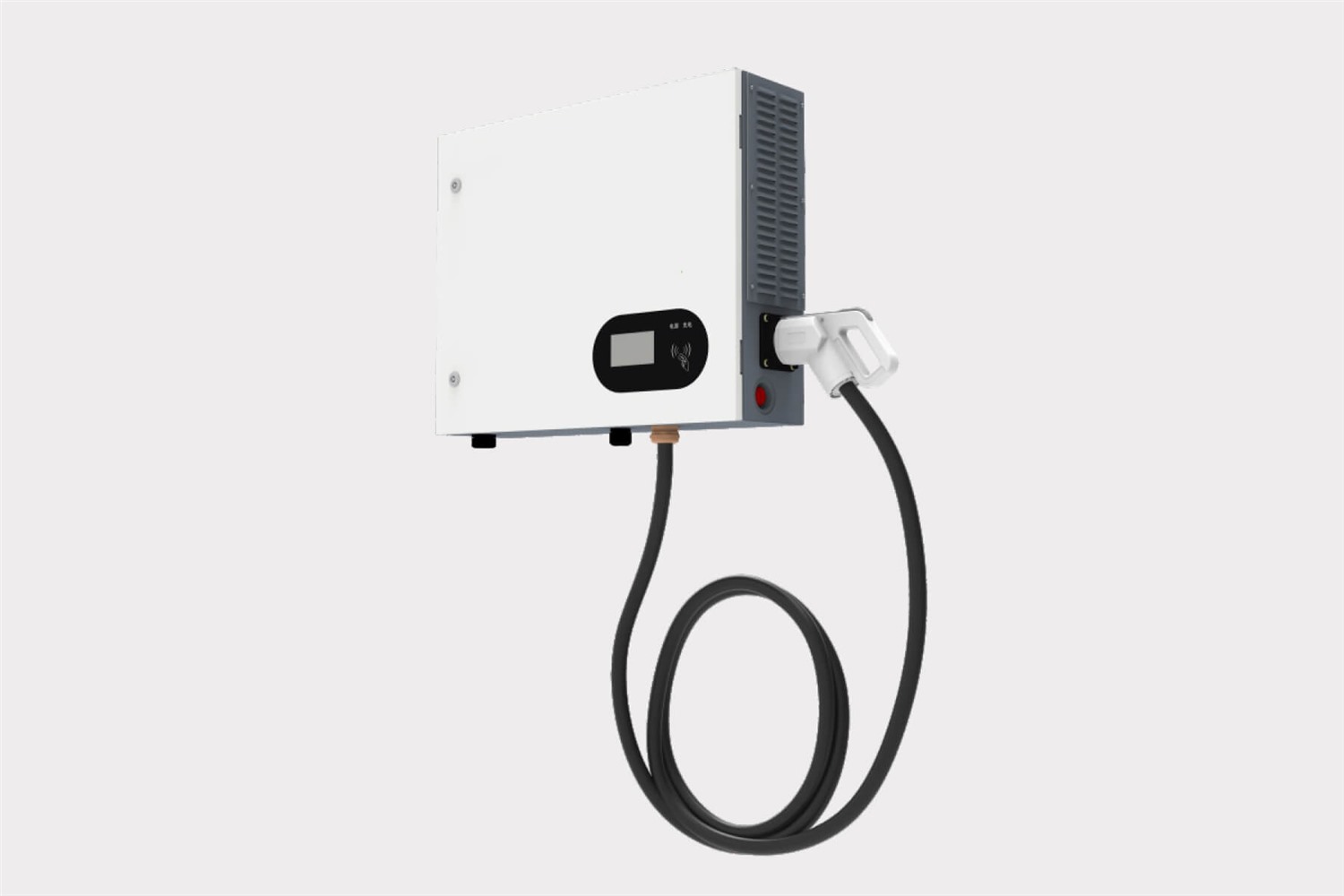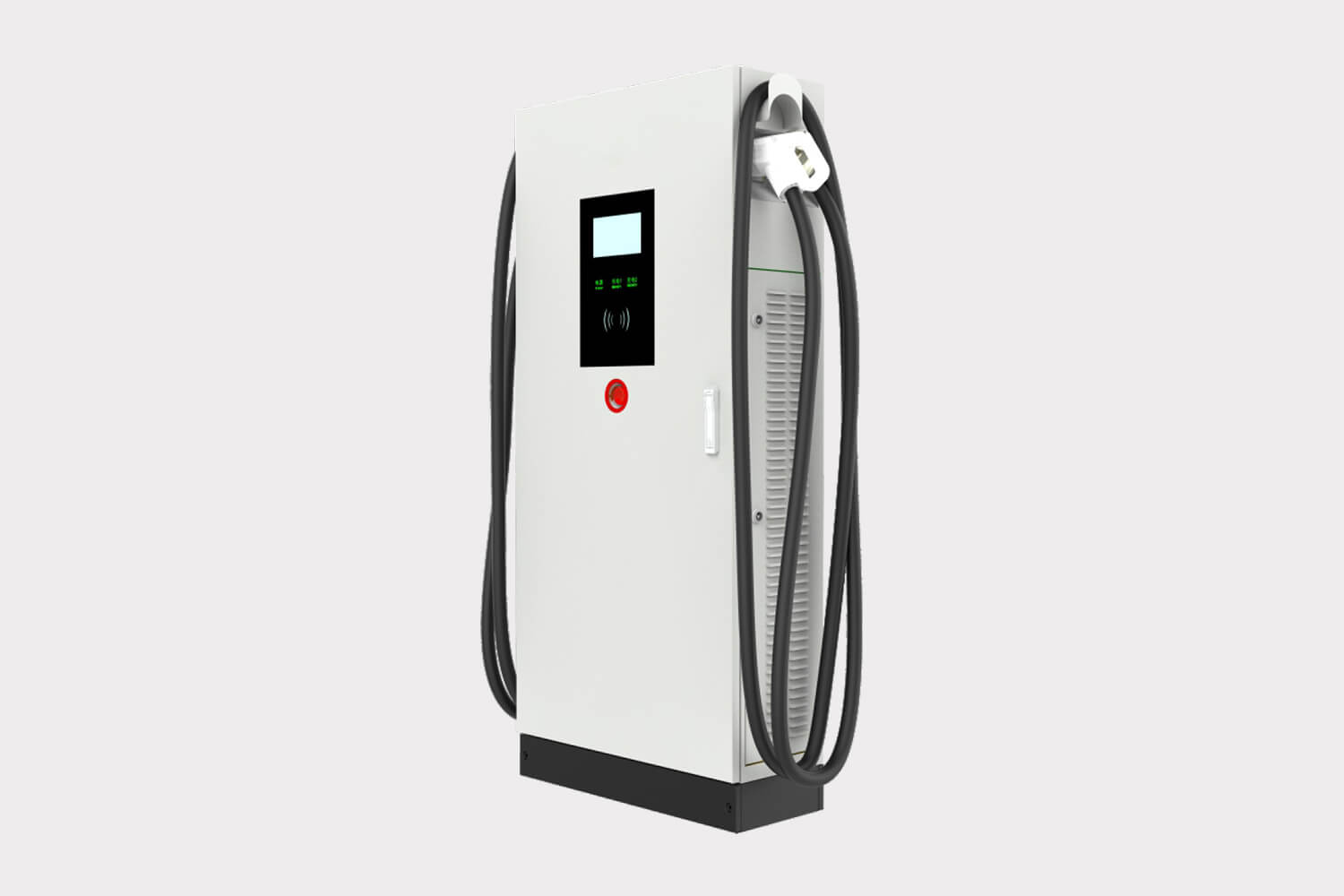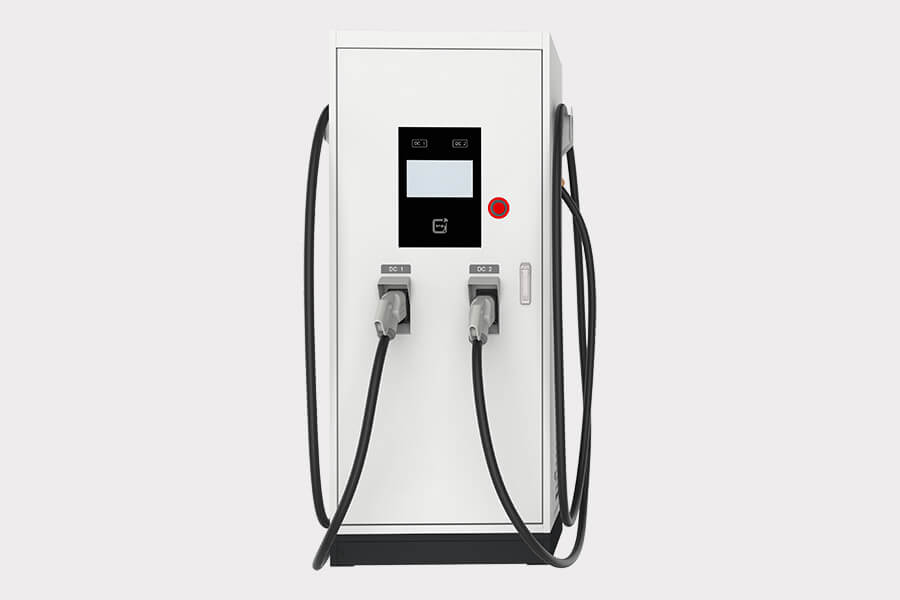European Charging Station Solution: Meeting AFIR Mandates with Ultra-Fast Charging & Smart Deployment
06/27/2025

Ⅰ. Market Background and Policy Drivers
- Policy-Driven Deployment
- EU AFIR Regulation (Effective 2023):
- Requires the deployment of ≥150kW fast charging stations (for passenger cars) every 60 km along the TEN-T transport network.
- Requires the deployment of ≥350kW ultra-fast charging stations (for heavy-duty trucks) every 100 km.
- Urban nodes must be equipped with 1800kW heavy-duty truck charging capacity by 2030.
- National Subsidies:
- Germany: Up to €30,000 subsidy per DC fast charger.
- France: 50% subsidy (capped at €2,700) for corporate charging station construction.
- Austria: €15,000 subsidy per public charging point.
- Significant Market Gap
- Germany's EV-to-charger ratio was 23:1 (2024), significantly higher than reasonable levels (target: 1 million chargers by 2030).
- Although the Netherlands has the highest density (170,000 chargers), low proportion of fast chargers results in poor user satisfaction.
II. Technical Solution Design
- Ultra-Fast Charging Technology (EU Standards Compliant)
- Power Upgrade:
- Adopts 1500V high-voltage platform (e.g., Yonglian Technology UXC150030 module), supporting 200-1500V wide voltage range and 98.5% conversion efficiency, suitable for passenger cars and heavy trucks.
- Liquid-cooled modules (e.g., LCR100040A) ensure high protection + silent heat dissipation, suitable for coastal/mining environments.
- Compatibility:
- Supports CCS2 (EU mainstream), CHAdeMO, GB/T interfaces.
- Battery Swap Model Supplement
- Advantages:
- Swapping reduces user vehicle purchase cost by 40% and extends battery lifespan by 30%.
- Implementation: Collaborate with local enterprises to pilot battery swap services.
- Intelligent Management System
- OCPP Protocol + Cloud Platform:
- Remote fault diagnosis, OTA upgrades, multi-language payment (Stripe/PayPal).
- V2G (Vehicle-to-Grid):
- Supports grid peak shaving and enhances renewable energy integration.
III. Localized Deployment Strategy
- Precise Site Selection & Scenario Adaptation
|
Scenario |
Solution |
Case Reference |
|
Highway Arteries |
Deploy 350kW ultra-fast charging stations every 60 km |
EU AFIR mandate |
|
Urban Nodes |
Install ≥150kW fast chargers at malls/hospitals |
Germany mandates chargers at fuel stations |
|
Residential Areas |
Simplify private charger approval + supplement with public slow chargers |
UK subsidies for apartment chargers |
- PV-Storage-Charging Integration
- Integrates photovoltaics + energy storage to reduce grid pressure, adapt to peak/off-peak electricity prices in Germany/Nordic countries.
IV. Business Model and Partnerships
- Diversified Revenue Models
- Electricity retail margin: Premium for fast charging service (€0.4-€0.6/kWh).
- Battery echelon utilization: Retired batteries used in energy storage systems, reducing costs by 30%.
- Government subsidies + carbon trading: Germany subsidizes €0.08-€0.15/kWh for public charging.
- Ecosystem Partnership Network
- Partner with local automakers, charging operators, and grid companies to promote co-construction, sharing, and collaborative operation of charging infrastructure.













